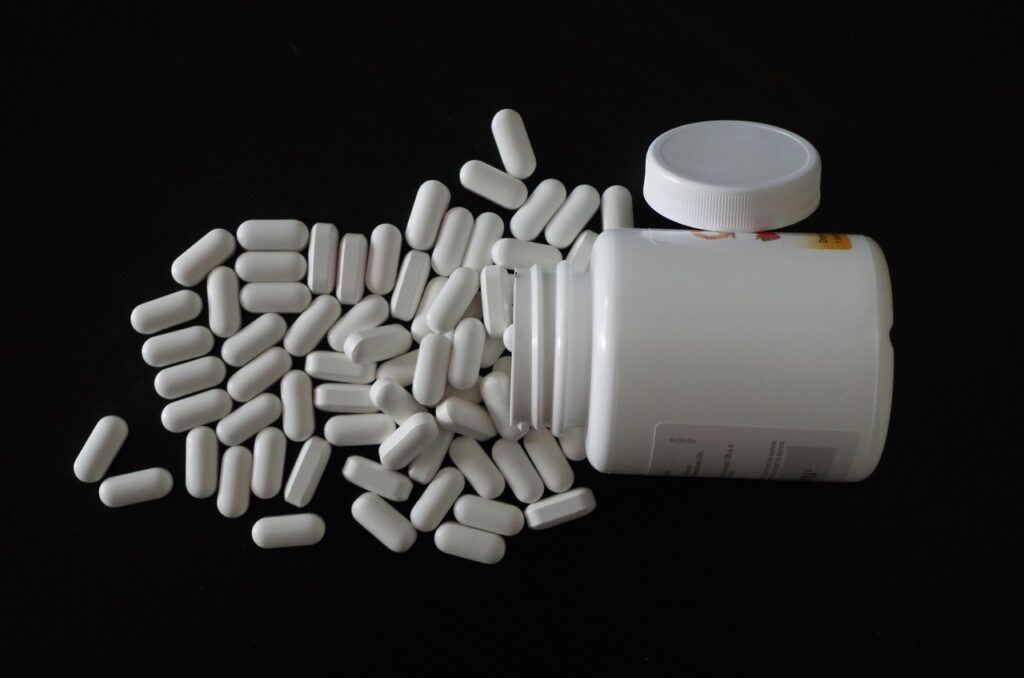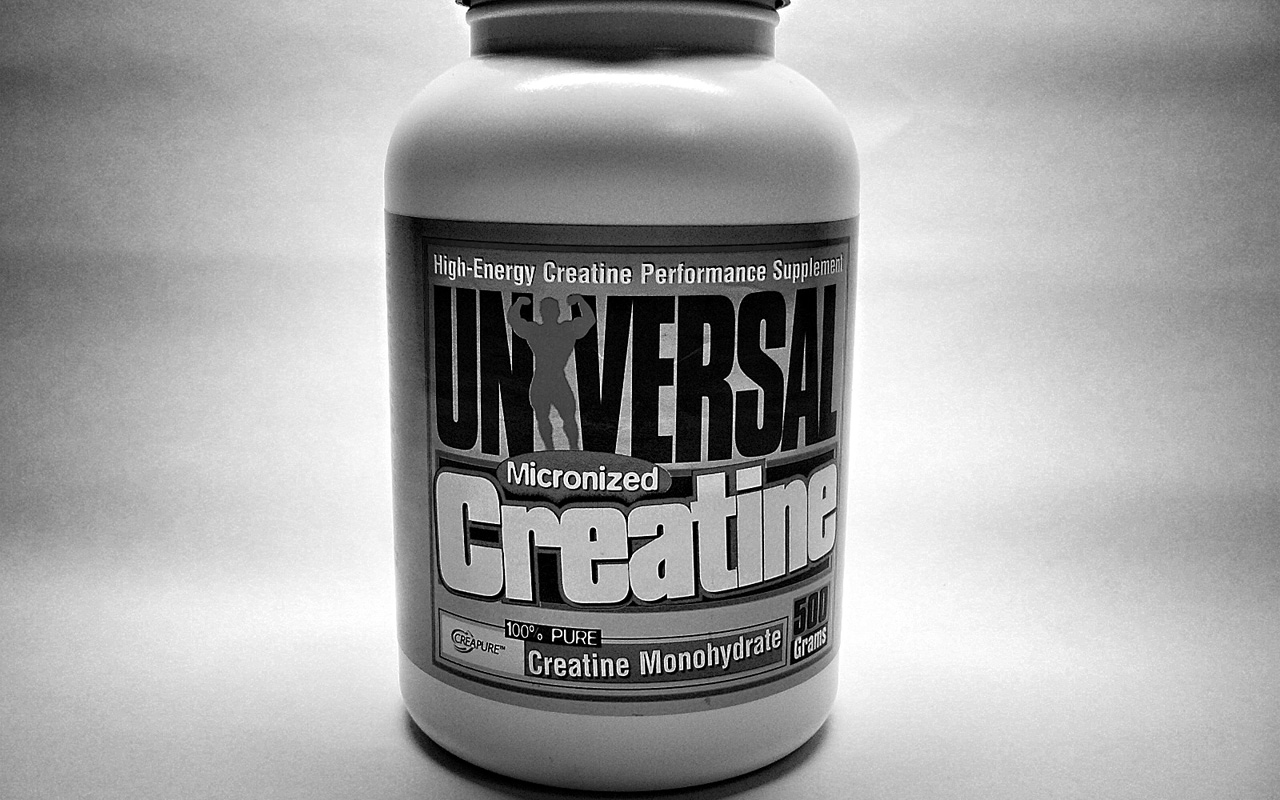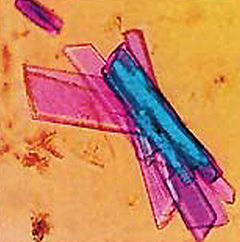A while ago, someone asked me what my take was, on creatine. They also provided an assumption that once you supplement on creatine, your body ceases to produce it, hence the puffy look over the bulky look. I don’t know where this individual got this information from, but it seems a lot of people are highly unaware of what creatine does, where it comes from and the main usage for it, for athletes.

In regards to that, I have decided to write a very extensive article on creatine, with all of the sources provided. This may be a long read, but if you’re truly interested in learning about creatine, and what it can do to improve your performance in the gym, then read you must.

Creatine has been utilized by athletes for quite some time now. Since it was introduced to the masses in 1993, it’s been a product that bodybuilders and athletes alike, have been using to maximize their gains and provide them with advantages in increase of muscle mass, strength and performance. Some people pan out creatine as a legalized compound, that gives you such impressive results, it’s a surprised it’s still legal. The glorious fact is though, that creatine is a naturally occurring compound; in the foods we eat and by our body.
Creatine is naturally found in such organs as the liver and the kidneys. It’s also produced by the pancreas, in small amounts. Wild games, are a good source of creatine, along with fish. But because these sources are limited in the amount of creatine that it has, supplementation on it is necessary to get the expected results required by powerlifters, bodybuilders and other athletes.


Creatine is an amino acid, that is found naturally in the body but mainly the skeletal muscle. The majority of creatine, in fact 95%, is located in the skeletal muscle (source: wikipedia). Although creatine is acquired from eating meat, and naturally occurs in our body, it isn’t an essential nutrient one requires.
As you can see from the chemical compound, creatine is a substance that has oxygen, carbon, nitrogen, and hydrogen. It is made up of 3 amino acids that the liver has the ability to join together, to form creatine. Those amino acids are; Arginine, Glycine and Methionine.
The general purpose of creatine is to help supply ATP (adenosine triphosphate) to our cells, mainly the skeletal muscle. This is done by utilizing a system called the phosphocreatine system. After the creatine is transported through the blood, through an active transport system, it helps ATP be formed by providing the ADP (adenosine diphosphate), that’s been broken down to produce energy, with a phosphate.
ATP is basically an adenosine compound with 3 phosphates, hence the triphosphate. When energy is produced, this occurs because the bond between the adenosine and one of the phosphates has been broken. Because ATP can only produce enough energy for a muscle contraction of a couple of seconds, the creatine phosphate, as mentioned before, provides the ADP with the extra phosphate, so that the cycle can occur again. The enzyme that assists in the supplying of the phosphate element to the ADP, allowing for a resynthesizing of ATP, is called creatine kinase, which is pictured above (the purplish crystalized compound).

I am sure you have heard from people who utilize creatine, that it pulls in water into the muscle cells, increasing it’s volume. By increasing the volume of your muscle cells, creatine is in turn increasing the size of your muscles.
One of the major side effects of creatine, and this is where bodybuilders, powerlifters and athletes benefit from creatine, is the assistance of the building of muscle mass due to creatine placing your body in an anabolic state, that helps enhance protein synthesis. If you didn’t know by now, protein is the essential nutrient for muscles. Without it, you will not gain muscle mass. So if creatine is placing one’s body in a state to increase protein synthesis, this can only be good news for everyone.
It is also believed that taking creatine along with carbohydrates, can also increase the transport of creatine into the muscle cells. This is probably due to the release of insulin due to the introduction of simple sugars into the system. An increased supply of creatine to the muscles, will only help with the production of energy, that can easily fuel your weight training, or athletic training and provide you with the endurance, intensity and increase in duration of said workout.
There have been known cases of creatine causing kidney and liver problems, but this has been mainly viewed in people who already suffer from kidney disease or liver problems. There has been no known case to 100%, say that creatine caused any type of kidney or liver disease. So problems only occur if you’ve already got medically related issues, prior to taking creatine.
Creatine is, yet again, a naturally occurring compound and any extra amounts that is taken, is broken down into creatinine and excreted from the body.
One bad side effect of creatine, that’s a fact, is that it’s known to cause dehydration. If you think about it, as creatine pulls water into the cell, this can cause problems; headaches, dizziness, and crystals forming in your kidneys, if you’re not keeping hydrated and replenishing your body with water. This is where the danger lies. It’s recommended that you keep hydrated while on a creatine cycle and if you feel dehydrated, to consume water immediately.
Another side effect to creatine, in some people, is bloating. Some people tend to report unfortunate bloating from creatine. If this occurs, use creatine ethyl ester, instead of creatine monohydrate. The former alternate of creatine, will be discussed in the “other forms of creatine” section.

To name a few different forms of creatine, there are; creatine monohydrate, creatine ethyl ester, and creatine citrate.
Creatine monohydrate has been the main creatine compound we have been discussing thus far.
Creatine ethyl ester is a derivative of creatine, through an ethyl ester. This compound is generally reconverted to creatine monohydrate in the body. It’s also believed to have a longer half-life and as it’s proposed to bypass the creatine transporter, it helps increase the abundance of ATP production in the skeletal muscles. It’s been researched that there isn’t any great significance in creatine ethyl ester, but as mentioned before, if bloating is a problem this product seems to cure it. (source: wikipedia)
Creatine citrate is just a faster dissolving creatine.
At the end of the day, all this means is that creatine is creatine. I have said it before in my blog posts, and I will say it again here. It doesn’t matter what type of creatine you consume, once you’re acquiring at least 5 grams of creatine as part of your supplementation.
As acquired from absolute-creatine.com, this is the break down of the amount of grams of creatine per creatine type, through a comparison of 5 grams of each served:
- Creatine Monohydrate yields 4.40 grams of creatine
- Creatine Phosphate yields 3.12 grams of creatine
- Creatine Citrate yields 2 grams of creatine

There are two types of ways to use creatine, and is recommended by creatine production companies. One is a loading phase, and the other is a creatine maintenance phase. The loading phase is generally a high consumption of creatine, taken in 5 days. This is followed by the maintenance phase, where you consume 1 dose of creatine.
Personally and from other people’s experience, a loading phase is unnecessary. I, honestly, think it’s just a waste of your money to load up on 20 grams of creatine, in 1 day, for 5 days. Not only that but it’s been discussed that any excess amount of creatine that your body isn’t going to use, gets excreted. That’s like pissing away all of your creatine and all of your money, from doing a loading phase.
Instead, I take 5 grams of creatine, after my training session and 5 grams in the morning on my off days. This is the general amount, that one needs along with consuming a high protein diet and the natural production of creatine in your body. Remember, you may not get a lot of creatine from a protein diet, but you’re still getting it. Along with supplementing, you don’t need to do a loading phase. Not only that but I find it a little unnerving, that unfamiliar individuals who don’t know anything about creatine, can be consuming this product and not be aware of the unfortunate side effects of dehydration that can lead to kidney stones. These aren’t things you want happening, so to be unaware of what side effects come with consuming creatine, and then consuming so much, is a little ridiculous.

This is all that is needed to be known about creatine. It’s an excellent product for bodybuilders and athletes. It provides your muscle with the energy that it needs, to carry you through your workouts. Also, it does increase your muscle mass by pulling in water into the muscle cells, giving you that buff look.
At the end of the day, it increases your endurance, intensity and duration throughout your workouts, essentially providing you with the otpimum conditions to gain the most amount of strength and muscle mass. What more can you ask from a supplement?
Listed sources:


